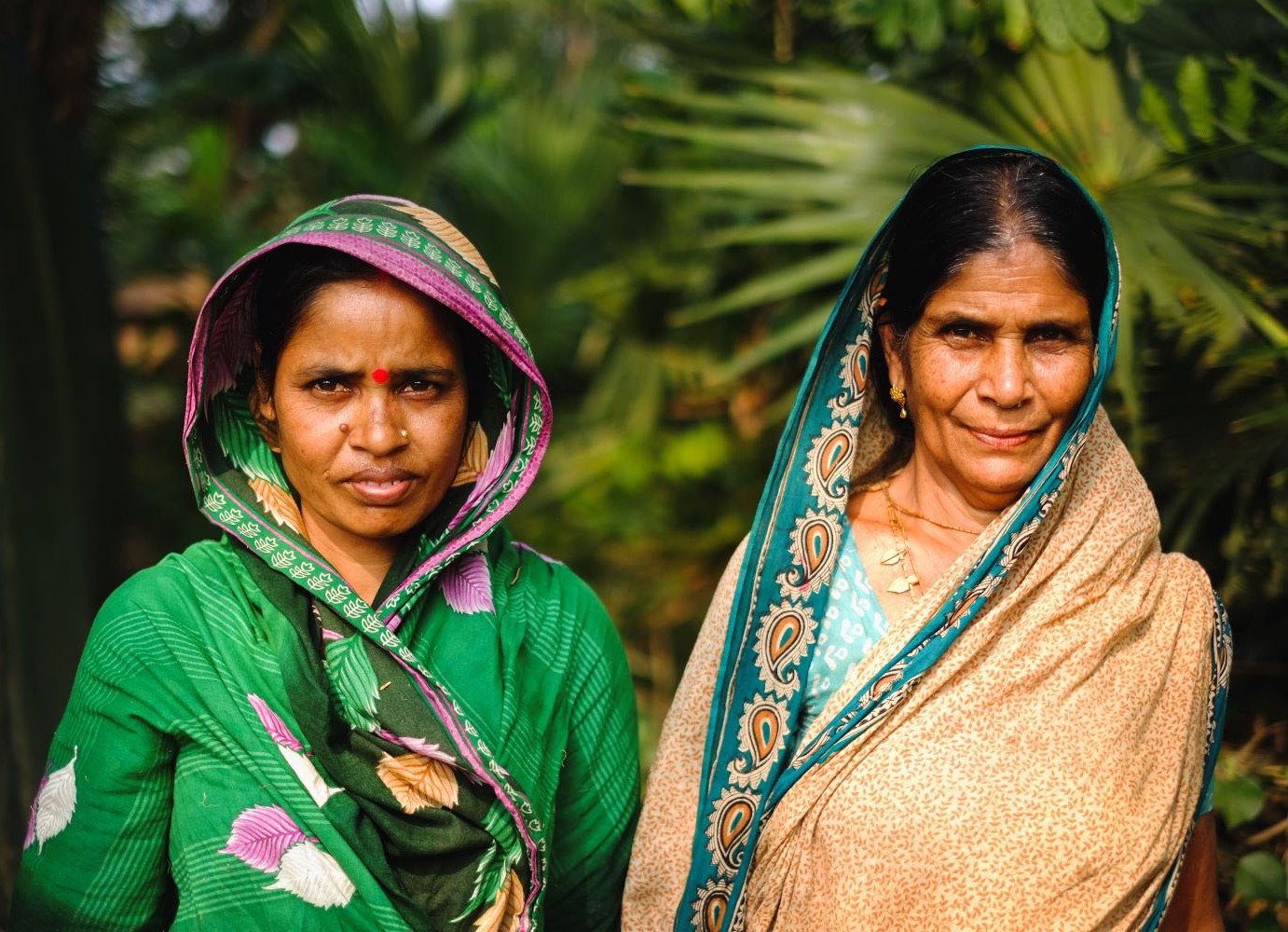Unusually for the UN, there is just one goal for the Third International Conference on Financing for Development that opens in Addis Ababa, Ethiopia, next week. Admittedly it is a big ask. Member states must outline how the world will deliver on the incredibly ambitious development agenda outlined in the draft Sustainable Development Goals: 169 UN targets for progress by 2030 that include wiping out extreme poverty and malnutrition, ending avoidable child mortality, providing universal infrastructure access and a good deal else besides. And one thing is clear: the answer has to involve a lot more than aid. That requires a shift in how the world thinks about development and in how we pay for it.
- Podcast with Charles Kenny
- Amanda Glassman and Casey Dunning make the case for domestic resource mobilization and data as Addis deliverables.
Things were somewhat different back in 2002, when the first international conference on financing took place in Monterrey, Mexico. Coming soon after the agreement of the Millennium Development Goals, that conference discussed debt relief, trade, private finance and domestic resource mobilization (AKA developing countries raising taxes) as tools of development finance. But the highlight of the conference was new aid commitments from industrialized countries including the US announcement of the Millennium Challenge Corporation. In the period 2000–2005, aid flows from industrialized countries increased by over 50 percent, with Monterrey an important spur. That aid surely played some part in the considerable development progress we’ve seen over the past fifteen years, perhaps especially in progress towards the health and education MDGs.
But the SDG agenda is much broader than the MDGs. Rough estimates suggest a multi-trillion dollar price tag (to say nothing of the necessity for policy reform). Compare aid flows — currently around $161 billion dollars. That doesn’t mean aid is irrelevant — it will remain vital to delivering on global public goods, and in helping some of the world’s most disadvantaged gain access to nutrition, infrastructure, health and education services. Still, even were aid flows to rise dramatically, alone they couldn’t deliver on an ambitious global development agenda. The truth is that development is no longer mostly about aid. It hasn’t been for many years.
So what we need to do now is focus on the other, non-aid sources of development finance that were discussed at Monterrey. And they are huge. Remittances to developing countries from migrants living overseas are worth more than twice aid flows: around $341 billion. Foreign direct investment and equity investment alongside private lending to developing countries is worth $928 billion each year (more than five time aid). Domestic private investment in the developing world — building factories and houses, filling offices with equipment — amounts to $3.7 trillion a year (more than ten times aid). And domestic government revenues from taxes and royalties are worth over $5.5 trillion — sixteen times the value of aid flows. CGD colleagues will be hosting a side event at the UN Conference in Addis showcasing these more and different sources of development finance. If you want to see how these numbers compare to aid have a look at this new infographic we made.
If you want to finance a transformative development agenda, it is pretty clear where the conversation should turn. Given Addis is about international cooperation, the conference should focus on what the global community can do to maximize government revenues, private investment and remittances. That means an agenda to help foster economic growth in poor countries as the best tool to increase domestic revenues and investment. And it means progress in opening up markets to exports from the world’s poorest countries, helping companies invest in developing markets and cooperation to make sure those companies pay a fair tax bill, and opening up jobs to migrants who can send remittances home. In a world of climate change it also means ensuring climate-friendly development policy at home and abroad. The draft Addis outcome document already has some language on these topics, but it would be great to see it considerably strengthened.
In short, a transformative development agenda requires a broad commitment to development-friendly policies that, for industrialized countries in particular, goes far beyond aid. The kind of policies measured by the Center for Global Development’s Commitment to Development Index. Owen Barder, who is in charge of the CDI, will be presenting it in Addis during the conference. Watching CDI scores over the next few years would be a good way to monitor if the rhetoric rich countries deliver in Ethiopia is matched by reality in terms of policy reform. Here’s hoping.
Disclaimer
CGD blog posts reflect the views of the authors, drawing on prior research and experience in their areas of expertise. CGD is a nonpartisan, independent organization and does not take institutional positions.





